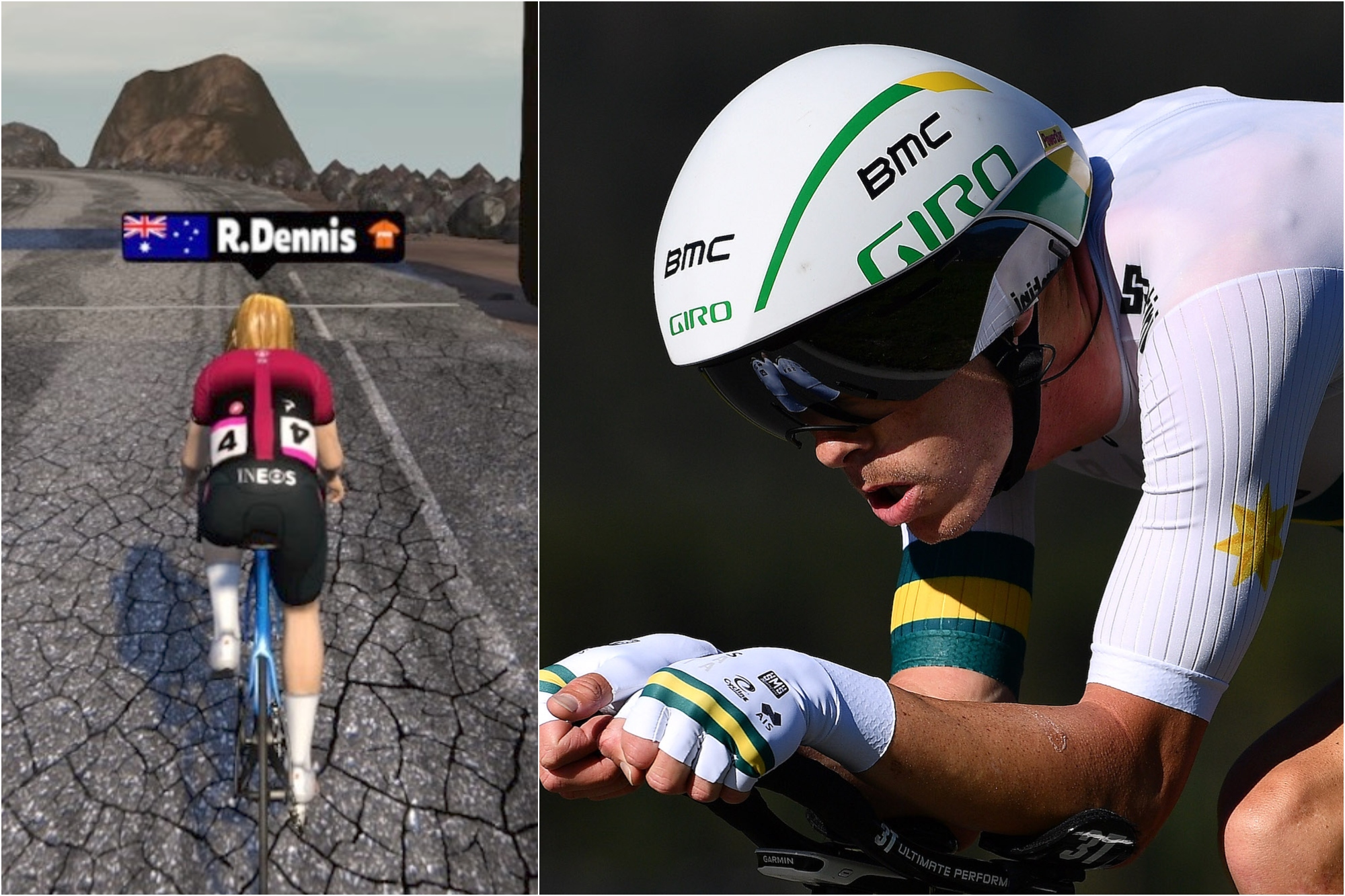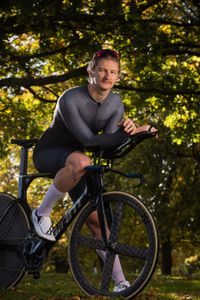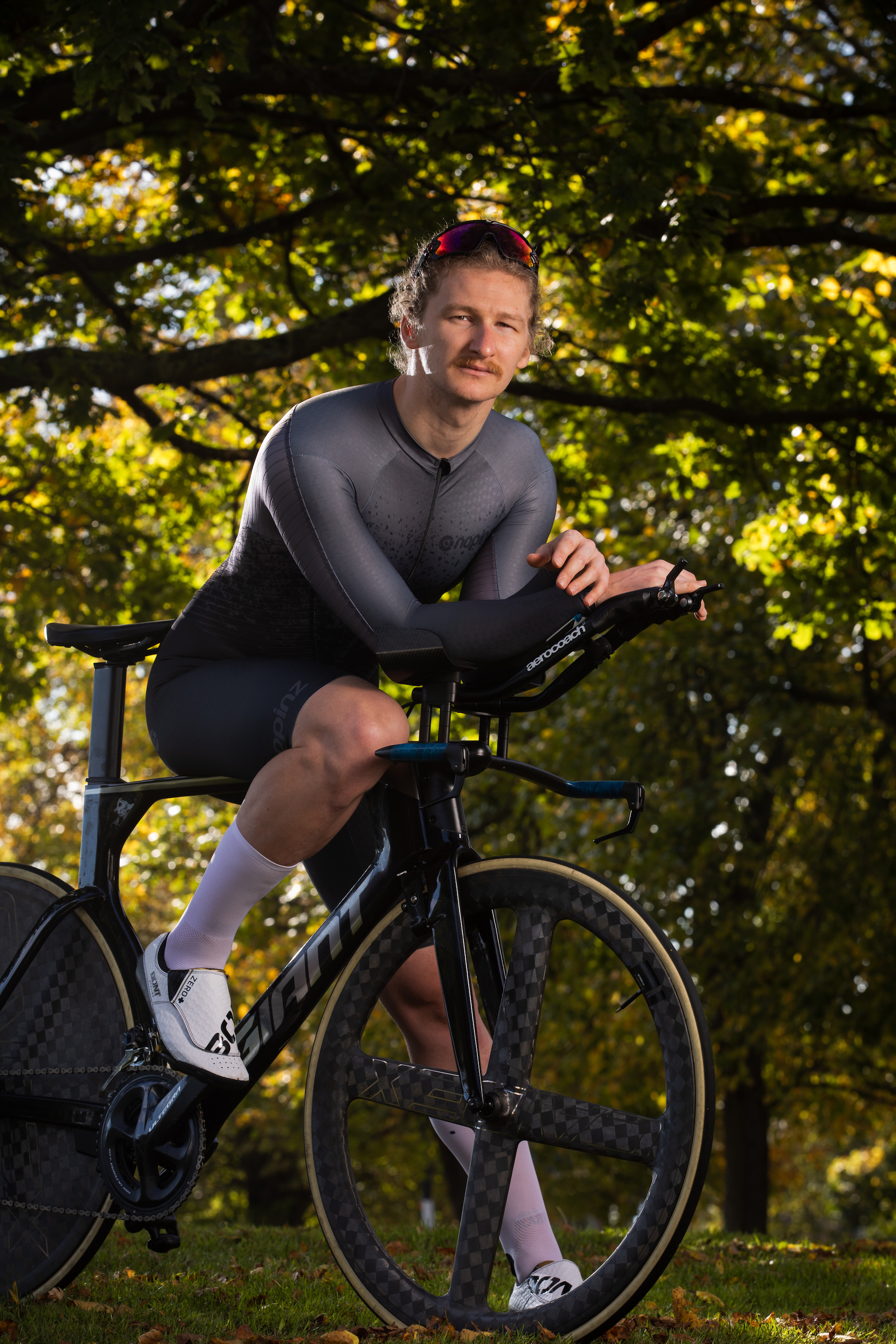‘If you’re not motivated, you’ll get dropped’: What makes a pro rider a great Zwifter too?
As Rohan Dennis claims another virtual title, we look at the differences between indoor and outdoor watts


Rohan Dennis has once again proved his talents on the indoor trainer, after winning his second Team Ineos Zwift race last weekend.
The time trial world champion has emerged as a star of the virtual racing world during the coronavirus lockdown, as pros have been forced to find new ways to sharpen their competitive edge.
Indoor cycling’s popularity has only increased after racing was suspended during coronavirus lockdown and many nations previously enforced cycling bans to prevent the spread of the illness.
With plenty of WorldTour teams competing in virtual events, we’ve had the chance to see which pros can churn out the power on the static trainer.
Dennis has been a clear star of online racing, while Greg Van Avermaet also showed his resilience when he won the Virtual Tour of Flanders in April.
Meanwhile Remco Evenpoel, an almost peerless talent out on the road, hasn’t shone in the same way.
So what makes the difference?
The latest race content, interviews, features, reviews and expert buying guides, direct to your inbox!
Cycling Weekly asked the experts to find out which pros will thrive in the virtual world, and which are likely to prefer two wheels on the tarmac.
“Zwift races are really, really hard,” said Matt Rowe, business manager at coaching company Rowe and King, “Because you have capable riders who are motivated and give 100 per cent on key sectors, just like IRL [in real life].
“If you’re unaware, inexperience or go in to the race not 100 per cent motivated, you will struggle and get dropped.”
While indoor racing is growing in popularity, it’s charms aren’t obvious to everyone – it’s not easy emptying the tank in your living room, without the joys of the great outdoors or the wind in your face to cool you down.
A number of pro riders aren’t convinced by virtual racing, with Steven Kruijswijk saying “it’s a different sport” and riders like Tom Dumoulin and Thibaut Pinot also sharing their doubts.
At first glance it may seem like time trial prowess is the key to being a great virtual racer, with Rohan Dennis flourishing in the Team Ineos Zwift races and also winning two of the Digital Swiss Five events in April.
TT star Stefan Küng also soloed to an upset victory in the Digital Swiss Five series as well.
But there is more to online racing than just sustained power: Remco Evenepoel, the reigning European time trial champion and silver medallist in the Worlds TT last year, in theory should amongst the pros competing for the win online, but instead seems to have struggled against his rivals.
In the opening stage of the Digitial Swiss Five, a 26km even with an uphill finish on the Rouvy virtual platform, Dennis took the win by more than a minute over Nicolas Roche, while Evenepoel finished seventh, 2-37 back on the winner.
The results prompted EF Pro Cycling boss Jonathan Vaughters to weigh-in.
He said: “Interesting to me watching some of these results. When you remove aerodynamics, beyond very basic surface area calculations, the results change.
“I’ve always suspected Evenepoel wasn’t an overly powerful riders at the pro level, but he is aerodynamically very efficient for his mass.”
But Rowe thinks the difference is much simpler – motivation.
He said: “We all know Remco for example is world class and he has the ability to be world class on Zwift. But I believe it’s a mindset, motivational issue.
“As soon as those gaps go by a few seconds up a climb it’s extremely difficult to close down.
“The physics are different to IRL. You need to be aware and race accordingly.”
One rider who knows the tactics of Zwift racing inside out is Ed Laverack, the British hill climb champion and rider for Saint Piran out on the roads.
Out of 183 Zwift races Laverack has won 33, which has given him invaluable insight into the mechanics of virtual racing.
“A good Zwift racer is one that has a good spread of strength across the board,” the 25-year-old said.
“Outside it’s more complicated in a way, because you have teams of riders working together to save energy for one or two protected road riders.
“Numbers from road races usually don’t have very high watts per kilogram numbers because there is more to it than that.”
Laverack said that a 20-minute power of around 6w/kg combined with a 15-second power of 15+w/kg would make a rider competitive in all Zwift races – those are some superhuman numbers to most of us.
But Zwift is more than just the rider with the highest w/kg winning as tactics and drafting still come in to play.
>>> The Garden Hour Record: The latest cycling challenge you can take on at home
Laverack said: “The way Zwift physics work, you can sit in and save energy, but not as much as you can in real life or you’ll get dropped.
“Tactics-wise it can be very similar. It’s never usually a case of the rider with the biggest w/kg winning, but rather how they use it.
“Any flat stretch of road and you’ll find me at the back, any downhill and you’ll find me aero-tucking.”
Laverack added: “ Dennis is good at what he does, but if he raced with ‘Zwifters’ rather than his Ineos team-mates, he’d be there for the finish but we are yet to see what he can do in a sprint finish on Zwift.”
Alex Ballinger is editor of BikeBiz magazine, the leading publication for the UK cycle industry, and is the former digital news editor for CyclingWeekly.com. After gaining experience in local newsrooms, national newspapers and in digital journalism, Alex found his calling in cycling, first as a reporter, then as news editor responsible for Cycling Weekly's online news output, and now as the editor of BikeBiz. Since pro cycling first captured his heart during the 2010 Tour de France (specifically the Contador-Schleck battle) Alex covered three Tours de France, multiple editions of the Tour of Britain, and the World Championships, while both writing and video presenting for Cycling Weekly. He also specialises in fitness writing, often throwing himself into the deep end to help readers improve their own power numbers. Away from the desk, Alex can be found racing time trials, riding BMX and mountain bikes, or exploring off-road on his gravel bike. He’s also an avid gamer, and can usually be found buried in an eclectic selection of books.
